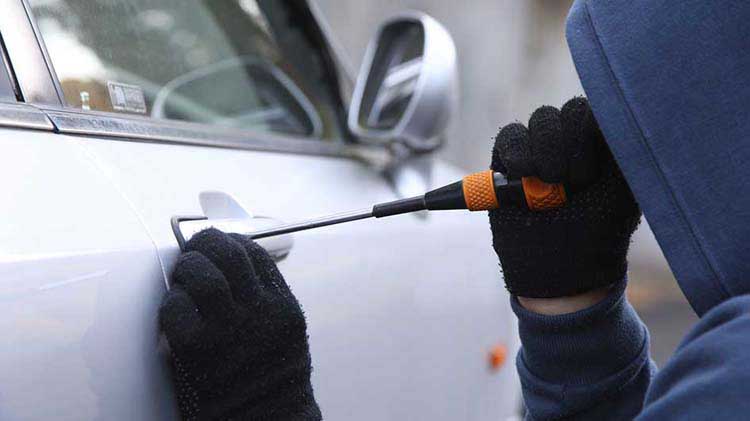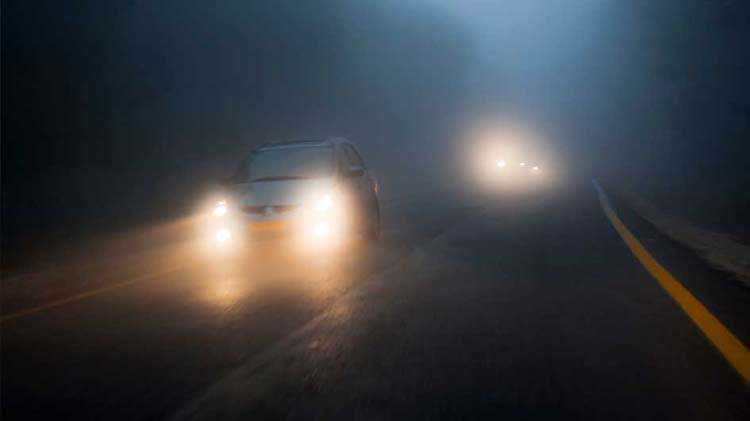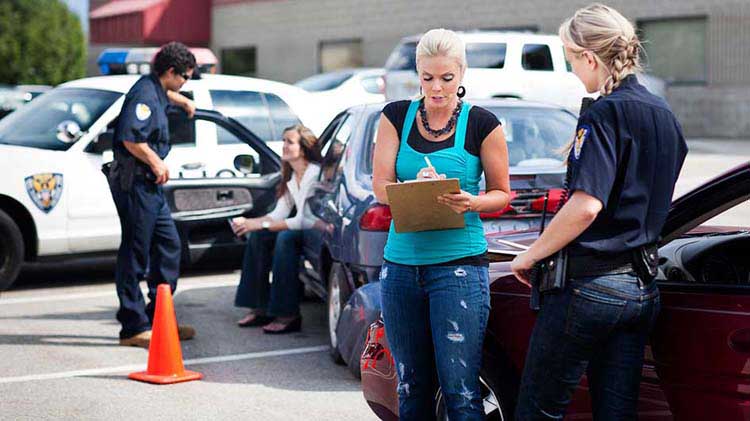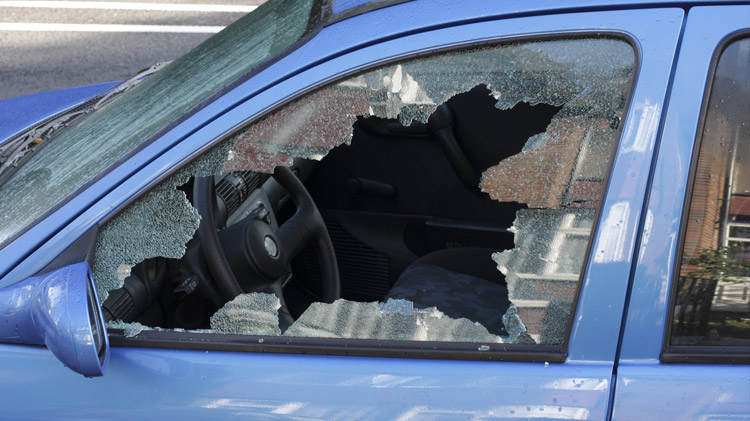What is GAP insurance and what does it cover?
GAP insurance can make sense, especially if the loan balance exceeds the car value.
If you finance your car through a dealer, you may be offered "GAP insurance" as part of a range of options provided when you buy the car. Although dealers are legally required to explain it, there's still a lot of misinformation about GAP (Guaranteed Asset Protection) insurance, which is often now included in many comprehensive auto insurance policies.
As many know, the moment you drive your new car home, it begins to lose value — very quickly in some cases. In the unfortunate event of a total loss due to accident or theft, many standard insurance policies pay the actual cash value of the car at the time of the incident.
That means if you still owe more on your loan, you'll be on the hook to pay it. That’s where GAP insurance comes into play.
What does insurance cover if your car is totaled or stolen?
If you have collision or comprehensive coverage, your auto insurance policy may cover a totaled or stolen car. In the case of a covered loss, you will typically be paid the actual cash value of your car minus your deductible.
What does GAP insurance cover?
GAP insurance typically covers the difference between the remaining value of your vehicle loan or lease and your vehicle’s actual cash value at the time of the incident. More specifically, GAP insurance will cover that difference in the case of a total loss and theft, but it will not cover deductible costs. In addition, it cannot be used to cover costs associated to vehicle repairs and bodily injuries as a result of an incident.
How does GAP insurance work?
Let's say you buy a $40,000 car. Two years later, you're in an accident, and your car is declared a total loss by your insurance carrier.
The market value of your car at this point may be $22,000, yet you still owe $26,000 on your loan. That $4,000 “gap” is money you would still owe your lender, so GAP insurance pays off that difference.
When to get GAP Insurance
GAP insurance may make sense under some conditions, especially those where the loan balance is likely to exceed the depreciated car value for most or all of the loan term. This might be the case in the following situations:
- You've made a down payment of 20% or less, so the depreciated value will be less than the loan amount still due for most of the loan.
- You've financed your car for a relatively long period of time — such as 60 months or more — so in later months when the car is worth much less than at the time of purchase, you still have a significant loan balance.
- You've bought a new car that has a record of depreciating quickly and your payments don't reduce the loan as fast as the declining value of the car.
It's good to note that once the amount that you owe on your car is less than the actual cash value of the car, you would no longer need GAP insurance.
Many dealers — and some banks and insurers — offer some type of GAP insurance as part of the vehicle loan, but rates and coverage can vary considerably. It’s important to figure out the total cost and read the fine print, as it can add a significant amount to your monthly payment.
Contact a State Farm® insurance agent if you have questions about different auto insurance coverages or if you are interested in getting an insurance quote.




